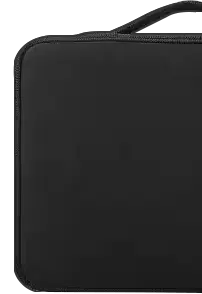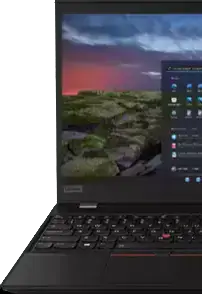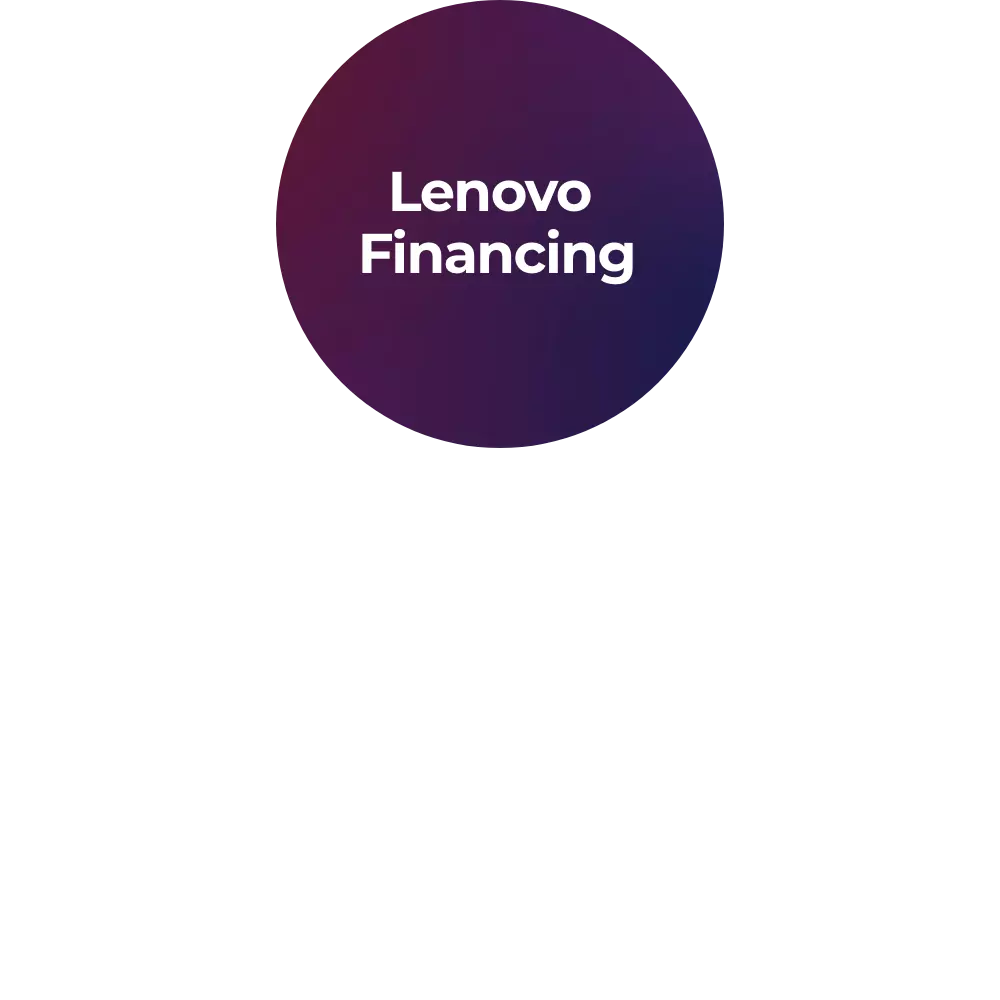What is a level editor in the context of game design?
A level editor is a specialized software tool used to build and customize game environments. It allows designers to lay out terrain, position interactive objects, assign behaviors, and configure gameplay elements in a structured visual workspace. Whether built into the game engine or offered as a standalone application, level editors serve as essential tools for shaping the player's experience within the game world.
How does a level editor assist in game environment creation?
Level editors provide an intuitive interface where designers can create the spatial layout of a game world. Using drag-and-drop functionality, designers can arrange assets like platforms, walls, props, and characters. These tools also allow them to define collision boundaries, triggers, and camera zones, offering full control over how the environment looks and behaves during gameplay.
Can I place objects and characters using a level editor?
Yes, one of the core functions of a level editor is the ability to place objects, characters, and items directly into the game environment. Designers can select from a library of assets and position them on the map in real time. This includes setting spawn points, interactive zones, enemy placements, and even scripted sequences, enabling dynamic and engaging gameplay scenarios.
Is a level editor useful for designing interactive gameplay elements?
Absolutely. Level editors often include tools for configuring object behaviors and player interactions. Designers can assign scripts to certain areas, set up puzzles, or create branching paths based on player decisions. This functionality empowers creators to build immersive and responsive environments that go beyond static visuals to offer rich gameplay experiences.
Where in the development process is a level editor typically used?
Level editors are primarily used during the design and prototyping phases of game development. Once core game mechanics are established, designers use the editor to build levels that align with gameplay objectives. The tool remains relevant throughout development for iteration, testing, and final polish, making it a consistent component of the production pipeline.
Why do developers include level editors in their game engines?
Game engines often integrate level editors to streamline development and maintain consistency across projects. These built-in tools reduce dependency on third-party software, ensure compatibility with engine features, and allow for rapid prototyping. For commercial games, integrated editors also open the door for user-generated content, extending the life and value of the game.
Are level editors sometimes released for public use or modding?
Yes, many studios release level editors to the public as part of their modding tools. This empowers fans and aspiring developers to create custom content, including new levels, game modes, or even entirely new experiences. Publicly available editors foster community engagement and often lead to vibrant modding scenes that can greatly enhance a game's longevity.
How does scripting enhance what a level editor can do?
Scripting capabilities within a level editor allow designers to assign behaviors and logic to in-game objects. Using scripting languages, they can program events like doors opening, enemies responding to player actions, or timed sequences. This adds a layer of control and flexibility, enabling the creation of highly interactive and adaptive game environments.
What kind of assets can be added with a level editor?
A level editor supports the inclusion of various assets such as 3D models, textures, sounds, animations, and lighting elements. These assets can be positioned, scaled, and rotated within the environment to construct detailed and lifelike scenes. Some editors also support particle effects, physics-based objects, and dynamic environmental elements like weather or destructible terrain.
Does a level editor offer visual previews during the design process?
Yes, most modern level editors provide real-time visual previews of the game world as it is being built. These previews help designers evaluate object placement, lighting conditions, and spatial relationships from the player's perspective. Real-time feedback allows for faster iteration and fine-tuning of gameplay flow and aesthetics.
Is it possible to adjust lighting and textures in a level editor?
Definitely. Level editors often include lighting controls that let designers adjust ambient light, shadows, and directional sources. Similarly, textures can be applied to surfaces, modified, or layered for detailed visual results. These features help create atmosphere and mood, and also guide player navigation within the game space.
When should you use a level editor in game development?
A level editor should be used as soon as the game's core mechanics are defined. This allows designers to start building playable levels that align with intended gameplay. The tool is also useful throughout development for creating new content, testing mechanics in different settings, and polishing visual and interactive elements before release.
Can level editors be used for both 2D and 3D games?
Yes, many level editors support both 2D and 3D modes depending on the game's design. In 2D games, editors provide a grid-based interface for tile placement and sprite management. For 3D games, they offer full spatial controls for placing models and navigating the environment. Some engines include hybrid tools that support both formats seamlessly.
What tools are commonly available in a level editor interface?
Level editor interfaces typically feature asset browsers, object placement tools, terrain sculpting functions, texture mapping, lighting controls, and scripting panels. These tools work together to give designers full creative control over the layout, visuals, and interactivity of the game world. Additional features may include camera controls, undo history, and performance profiling.
Are level editors important for testing game logic and layout?
Yes, level editors play a vital role in testing game mechanics and level structure. Designers can use them to simulate player movement, check collision boundaries, and assess how puzzles or combat scenarios play out. This testing capability helps identify design flaws early and ensures a balanced and enjoyable player experience.
How do designers set object behavior using a level editor?
Object behavior is typically assigned through scripting or by attaching predefined properties to items in the editor. For example, a door can be set to open when a nearby trigger is activated. Some editors also include visual scripting systems, allowing designers to link conditions and actions without writing code, making behavior configuration more accessible.
Does a level editor help speed up the game prototyping process?
Yes, by enabling rapid visual creation of levels and interactions, level editors dramatically reduce the time it takes to test new ideas. Designers can build and revise environments without writing complex code, making it easier to iterate on concepts and refine gameplay mechanics in a fraction of the time.
Why is real-time editing useful in a level editor environment?
Real-time editing allows changes to be seen and tested immediately, eliminating the need for long compilation or build processes. Designers can move assets, tweak gameplay elements, or adjust lighting and view the results instantly. This responsiveness fosters experimentation and improves development efficiency.
Where can beginners learn to use a level editor effectively?
Beginners can start by exploring official documentation, video tutorials, and community forums provided by game engines or publishers. Many modern editors include guided tutorials and demo projects to help users practice. Online courses and modding communities also offer hands-on experience and peer support for skill development.
What makes a level editor valuable in collaborative game projects?
In team environments, level editors streamline collaboration by allowing multiple designers to work on different parts of a game world. Assets, scripts, and layout changes can be shared through version control systems, ensuring consistency across the project. This collaborative workflow boosts productivity and helps teams create cohesive, high-quality levels efficiently.













